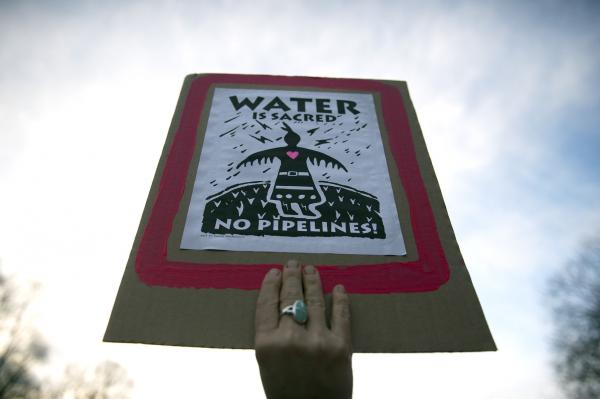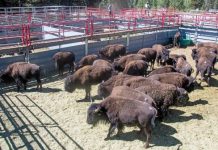
May 11 (UPI) — The Dakota Access Pipeline, the target of months of environmentalist and Native American protests, leaked about 84 gallons of oil in South Dakota, the state said.
The surge pumped at a station in Tulare had a mechanical failure and the oil leak was limited to a containment area protected by gravel and synthetic liner.
“They have the main line and the main pump, but they also have a surge tank, which they have pump a little off the main line into,” said Brian Walsh, an environmental scientist with the Ground Water Quality Program of the South Dakota Department of Environment and Natural Resources. “And that’s where the leak occurred — at the surge pump.”
The leak took place April 4 but wasn’t noticed until Tuesday.
“These kinds of spills do occur,” Rebecca Craven, program director at the Pipeline Safety Trust, told NBC News. “Sometimes they’re contained on company property, and sometimes they do more damage as they escape off company property.”
The leak was small, but the pipeline is not yet in full operation.
Dave Archambault II, chairman of the Standing Rock Sioux Tribe, which has protested the construction of the pipeline through its lands about 200 miles to the north, renewed his calls for the pipeline to be shut down.
“The Dakota Access pipeline has not yet started shipping the proposed half million barrels of oil per day and we are already seeing confirmed reports of oil spills from the pipeline,” he said. “This is what we have said all along: Oil pipelines leak and spill. Our lawsuit challenging this dangerous project is ongoing and it’s more important than ever for the court to step in and halt additional accidents before they happen — not just for the Standing Rock Sioux Tribe and our resources but for the 17 million people whose drinking water is at risk.”





